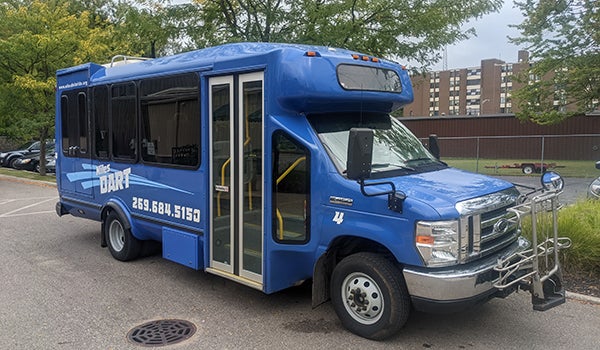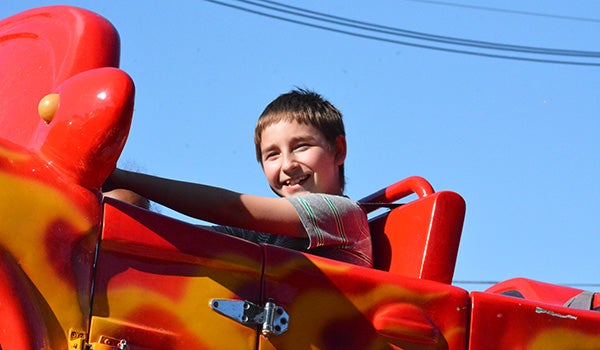Niles adds livestock to AgriScience program
Published 8:00 am Monday, March 10, 2014

Niles junior Ashley Lolmaugh holds a chicken during AgriScience class Friday at Niles High School. Leader photo/CRAIG HAUPERT
Rabbits, chickens and ducks, oh my.
Students in the AgriScience class at Niles High School are benefitting from the recent addition of livestock to the class — a move instructor Tom Hurst said is paying off.
“The kids are very engaged. We have good attendance and they like what they are doing,” he said. “Last fall we lost kids in AgriScience because we weren’t allowed to do livestock. When the rabbits and chickens showed up… it just took off.”
The class has seven rabbits, 50 chicks, 12 ducks and four laying hens living in a ventilated greenhouse attached to the AgriScience room in the Career and Technical Education wing.
Having the animals has allowed Hurst to teach his 25 students about breeding, growth, care, nutrition and more.
“There’s so much they can learn that we couldn’t do before,” he said.
For instance, students were tasked with breeding the five female rabbits with the two males. To do that, Hurst said they needed to know the gestation period of a female rabbit, what conditions were needed for conception, how much a buck could be used before it is overused, and more.
“All those reproductive issues I was able to teach,” said Hurst, adding that the class is expecting baby bunnies in the next week or two.
Students are also monitoring the egg production of their four laying hens, while tracking the cost to feed and keep them.
“If someone decided to put 12 chickens in the backyard, what is the break even point where it is better for me to buy eggs and at what point do I raise my own?” he said. “They are going to learn that.”
AgriScience student Maddi Holtgren said the class helped reinforce her goal to become a wildlife biologist.
“It’s a hands on experience. People like me don’t get a chance to be able to go out and do stuff with animals. I don’t have any animals at home except for fish,” she said. “This gives me experience with them and helped me decide what I wanted to do in the future.”
Horticulture is also a large part of the class as students are growing fodder, vegetables and flowering product. Hurst said they are growing the vegetable transplants for Niles Community Gardens.
“There’s a lot going on,” Hurst said. “We made our own pickles, sourkrout, we are tapping maple trees… we are even making omelets with our own eggs.”






